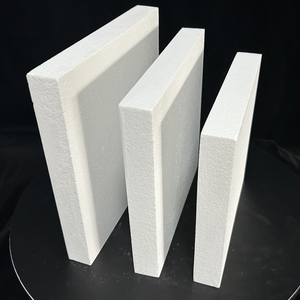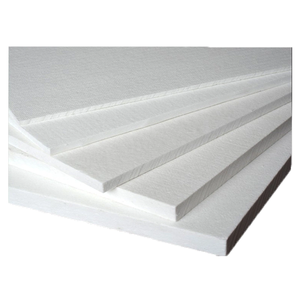Professional industry ceramic supplier, silicon nitride, silicon carbide, aluminum nitride and any other kinds of ceramics.
PRODUCT PARAMETERS
Description
Overview of Polycrystalline mullite alumina ceramic fiber board for thermal insulation
Polycrystalline mullite alumina ceramic fiber board for thermal insulation is a lightweight, high-temperature insulation material composed primarily of alumina-silica. It is manufactured through a melting and spinning or blowing process, resulting in a flexible, wool-like textile. This material is engineered to provide exceptional thermal management, conserving energy and protecting equipment in extreme temperature environments across various industries.
Features of Polycrystalline mullite alumina ceramic fiber board for thermal insulation
-
Excellent Thermal Stability: Withstands continuous operating temperatures up to 1260°C (2300°F) and higher for certain grades, with minimal shrinkage.
-
Low Thermal Conductivity: Provides highly efficient insulation, reducing heat loss and improving energy efficiency.
-
Lightweight & Low Heat Storage: Offers low thermal mass, enabling rapid heat-up and cool-down cycles for improved process control and energy savings.
-
Thermal Shock Resistance: Highly resistant to damage from rapid temperature changes.
-
Excellent Flexibility & Resilience: Can be fabricated into blankets, boards, papers, and textiles to fit complex shapes and applications.
-
Good Chemical Stability: Resists attack from most corrosive agents, except strong alkalis and hydrofluoric acid.
Specification of Polycrystalline mullite alumina ceramic fiber board for thermal insulation
Polycrystalline mullite alumina ceramic fiber board provides excellent thermal insulation. It’s made from high-purity alumina and silica. This material handles very high temperatures well. It withstands temperatures up to 1700 degrees Celsius. This makes it good for extremely hot environments. The board has very low thermal conductivity. Heat doesn’t pass through it easily. This property is key for saving energy. It keeps heat where you need it. The board itself is lightweight. This makes handling and installation easier. It also reduces stress on structures. Despite being light, the board is strong. It has good mechanical strength. It resists damage from impacts or vibrations. The board doesn’t shrink much at high temperatures. Its dimensions stay stable. This prevents gaps from forming. The board resists chemical corrosion too. Furnace atmospheres won’t easily damage it. It lasts longer in tough conditions. The board is easy to cut and shape. You can fit it precisely into different spaces. This simplifies the installation process. The structure contains many tiny ceramic fibers. These fibers trap air inside the board. Trapped air is a poor heat conductor. This trapped air stops heat transfer effectively. The board works well for furnace linings. It’s common in kilns and ovens. Industrial heaters use it for insulation. Boilers benefit from its heat resistance. Foundries apply it near molten metal. It helps maintain high temperatures efficiently. This saves fuel and operating costs. The board insulates pipes carrying hot fluids. It reduces surface heat loss. It protects nearby equipment from heat damage.
Applications of Polycrystalline mullite alumina ceramic fiber board for thermal insulation
Polycrystalline mullite alumina ceramic fiber boards are great for keeping heat in. They are made from special fibers. These boards handle very high temperatures well. They resist temperatures over 1700°C. This makes them perfect for tough industrial jobs. Many industries use them for saving heat and saving energy.
Steel plants need these boards. They use them inside furnaces and kilns. The boards line the hot areas. This protects the furnace structure. It keeps more heat inside the furnace. Less heat escapes. This saves fuel. Less fuel means lower costs. The boards also last a long time. They don’t wear out quickly under heat.
Petrochemical factories also use these boards. They insulate cracking furnaces and reformers. These places get extremely hot. The boards prevent heat loss. They keep the process efficient. Workers stay safer too. The boards shield people from extreme heat. Power plants find them useful. They insulate boilers and exhaust systems. Good insulation means better power generation. Less energy is wasted.
Aerospace and research labs need reliable insulation. These boards provide that. They are stable and strong. They don’t shrink much under heat. They also resist chemical damage. Hot gases and flames don’t harm them easily. This reliability is important. Equipment runs better with good insulation.
The boards are light. They are easy to cut and shape. Workers can install them without trouble. This saves time and money. They fit into different spaces easily. Their low heat flow is a key benefit. Heat doesn’t pass through them easily. This stops energy loss. It makes heating systems work better. They are a strong choice for high heat jobs.
Company Profile
Tanki New Materials Co.Ltd. focus on the research and development, production and sales of ceramic products, serving the electronics, ceramics, chemical and other industries. Since its establishment in 2015, the company has been committed to providing customers with the best products and services, and has become a leader in the industry through continuous technological innovation and strict quality management.
Our products includes but not limited to Aerogel, Aluminum Nitride, Aluminum Oxide, Boron Carbide, Boron Nitride, Ceramic Crucible, Ceramic Fiber, Quartz Product, Refractory Material, Silicon Carbide, Silicon Nitride, ect. please feel free to contact us.

Payment Methods
T/T, Western Union, Paypal, Credit Card etc.
Shipment Methods
By air, by sea, by express, as customers request.
5 FAQs of Polycrystalline mullite alumina ceramic fiber board for thermal insulation
What is polycrystalline mullite alumina ceramic fiber board? This board is a special ceramic insulation made from tiny mullite crystals. It handles very high temperatures. It offers great insulation for industrial furnaces.
Where is this fiber board typically used? You find it lining high-temperature furnaces. It works well in kilns and heat treatment equipment. It insulates pipes carrying hot gases. It protects parts inside reactors.
What is the maximum temperature this board can handle? This board withstands temperatures up to 1650°C (3000°F). It works reliably for long times at 1600°C (2912°F). Its performance is stable.
Why choose this over other ceramic fiber boards? It handles sudden temperature changes better. It doesn’t conduct heat well. It lasts longer under tough conditions. It resists chemical damage.
How do you install and handle the board? Cut it to size using regular saws. Handle it carefully to avoid breaking it. Install it securely. Wear a mask when cutting to avoid dust.
REQUEST A QUOTE
RELATED PRODUCTS
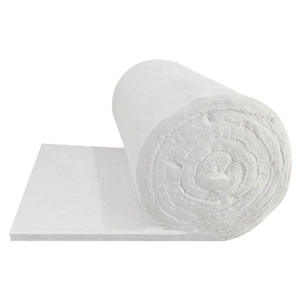
B-grade ceramic fiber with high-temperature resistance (1650°C), fast thermal conductivity, excellent crack resistance, and excellent oxidation resistance
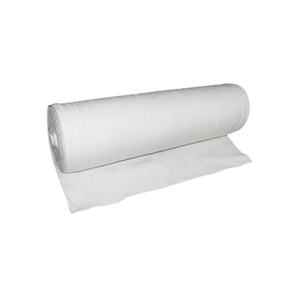
Ceramic fiber 1400°C aluminosilicate ceramic fiber board
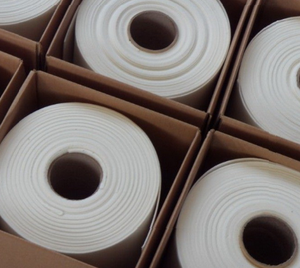
Industrial Fireproof Flexible Insulation, Asbestos-Free, High-Temperature Stable Ceramic Fiber Rolls
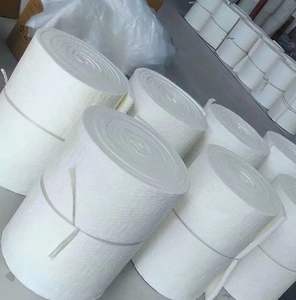
Refractory ceramic fiber blanket
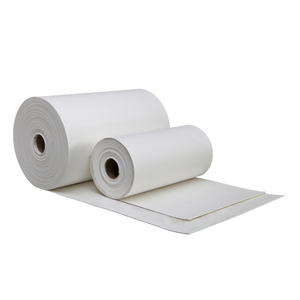
High-Density 1260c Standard White Ceramic Fiber Blanket for Furnace Walls, Lightweight Fireproof and Refractory Insulation
